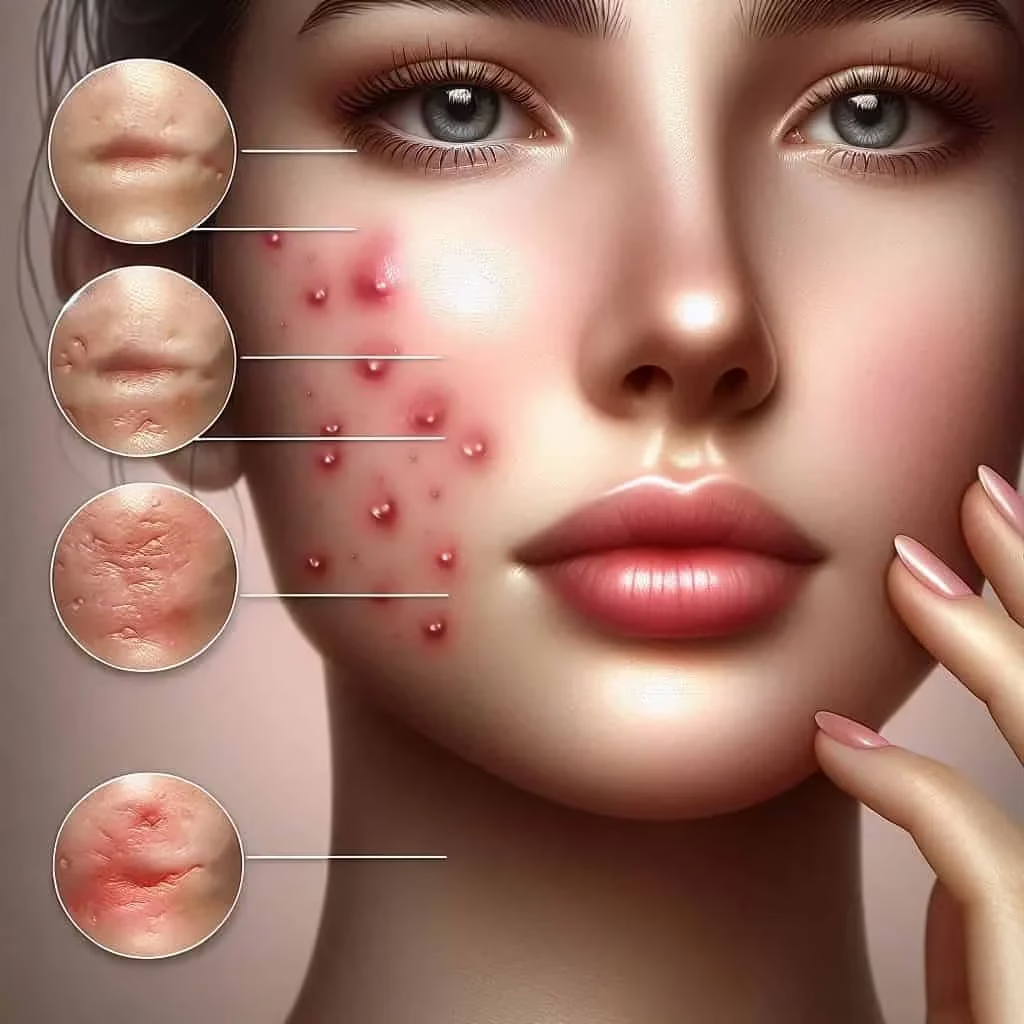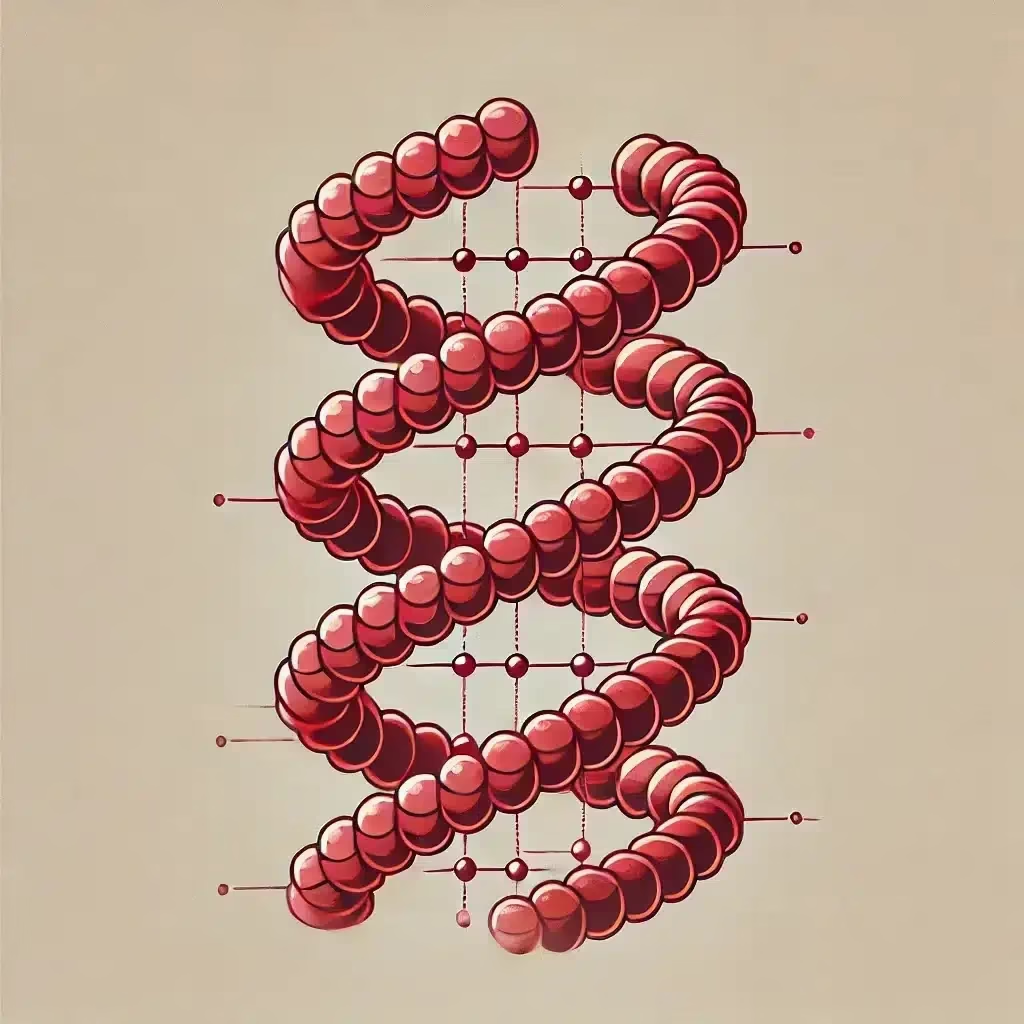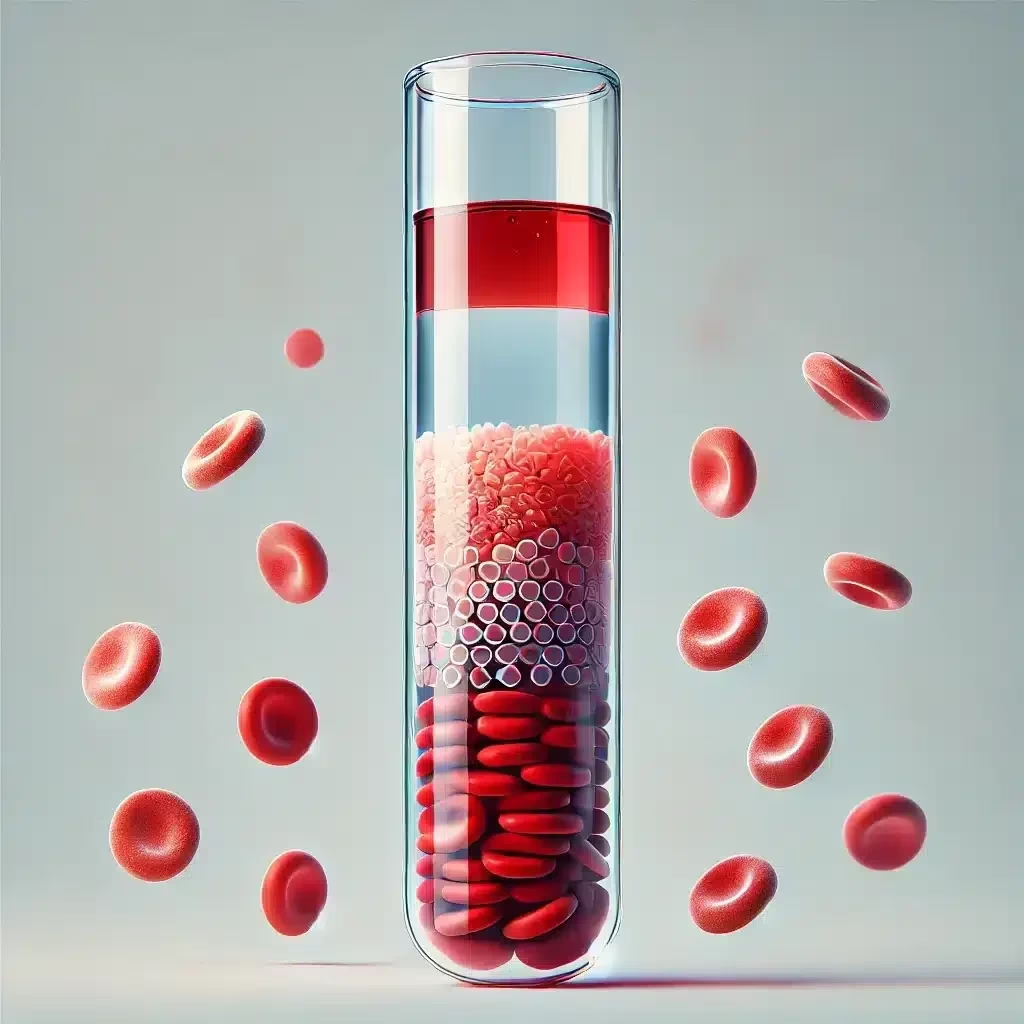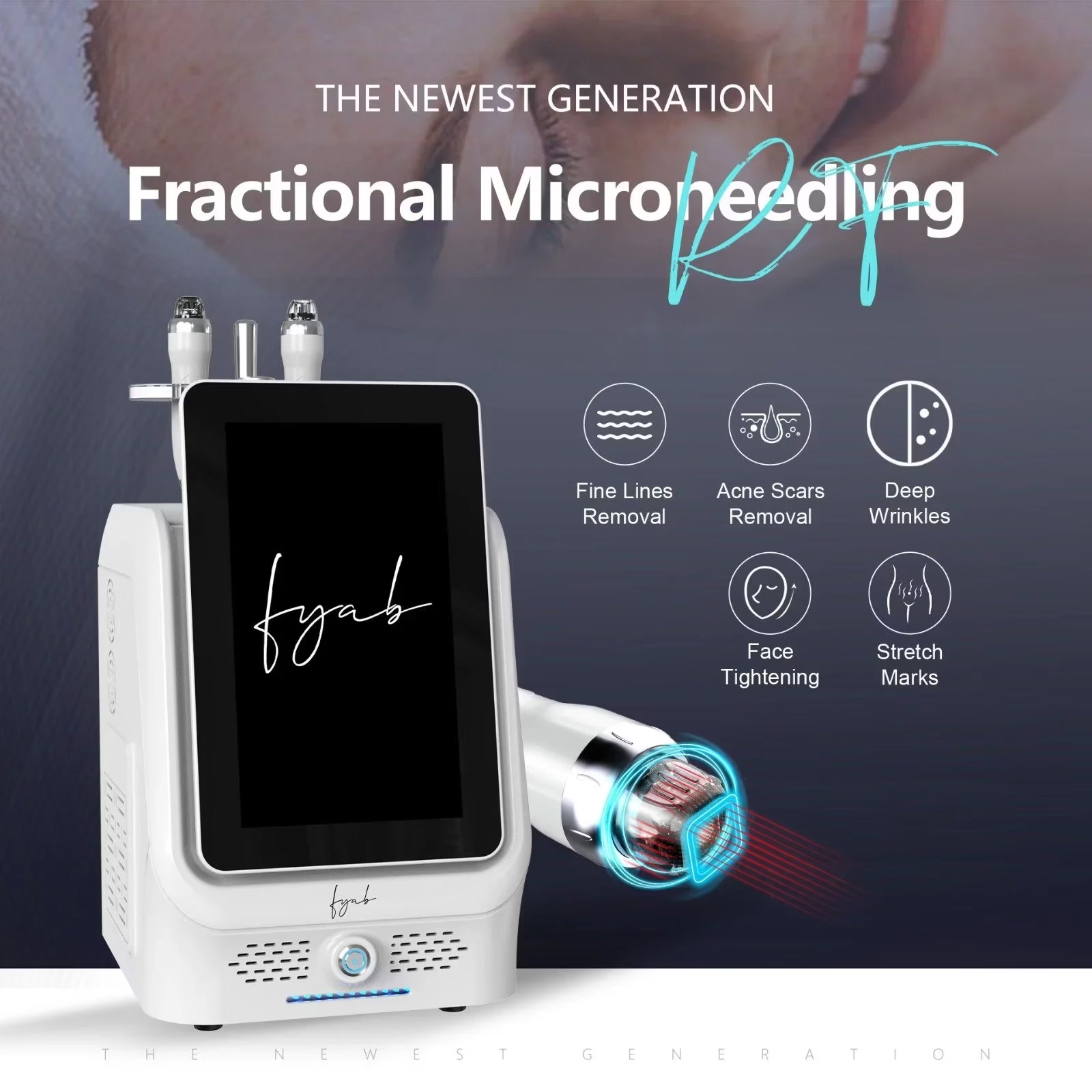
Introduction
In the pursuit of ageless beauty, numerous treatments and technologies have emerged, promising to turn back the hands of time. Among these, fractional radiofrequency (FRF) has gained substantial recognition as a non-invasive yet effective method for addressing skin laxity and promoting a more youthful complexion. Backed by clinical studies and research articles, FRF presents a scientifically proven approach to skin rejuvenation. This article explores the underlying science of FRF, its myriad benefits, its safety and considerations, and the potential it holds for those seeking to revitalise their skin.
The Science of Fractional Radiofrequency
FRF operates on the principle of controlled thermal injury. During the procedure, a specialised device delivers precise bursts of radiofrequency energy to the deeper layers of the skin, creating microscopic zones of controlled damage. These micro-injuries trigger the body’s natural healing response, leading to a cascade of physiological changes, notably collagen remodelling.
Collagen, the primary structural protein in the skin, plays a crucial role in maintaining its firmness and elasticity. As we age, collagen production slows down, resulting in wrinkles, sagging, and loss of skin tone. FRF treatment works by stimulating the fibroblasts, the cells responsible for collagen synthesis, to produce new collagen fibres. The newly formed collagen fills in wrinkles, tightens the skin, and improves overall skin texture.
A study published in the Journal of Cosmetic and Laser Therapy (2016) investigated the efficacy of FRF in skin tightening and wrinkle reduction. The researchers concluded that FRF treatment significantly improved skin laxity and wrinkle severity with minimal adverse effects. This clinical trial underscores the scientific foundation of FRF and its ability to induce tangible improvements in skin quality. [1]
Unveiling the Benefits of Fractional Radiofrequency
FRF offers a wide array of benefits, making it a compelling choice for individuals seeking to rejuvenate their skin:
- Skin Tightening: The cornerstone of FRF’s effectiveness lies in its ability to stimulate collagen production. This leads to a noticeable improvement in skin laxity, particularly in areas prone to sagging, such as the face, neck, and abdomen.
- Wrinkle Reduction: The increased collagen synthesis helps to smooth out fine lines and wrinkles, contributing to a more youthful and vibrant appearance.
- Improved Skin Texture: FRF can enhance the skin’s overall texture, minimising the appearance of pores and promoting a smoother, more even complexion.
- Scar Reduction: Clinical evidence suggests that FRF may also help reduce the appearance of acne scars and other types of scars by stimulating collagen remodelling within the scar tissue.-
- Minimal Downtime: One of the significant advantages of FRF is its minimal downtime. Most individuals can resume their daily activities immediately after the procedure, with only mild redness and swelling expected. This allows for a seamless integration of FRF into a busy lifestyle.
Safety and Considerations
FRF is generally considered a safe and well-tolerated procedure with a low risk of complications. However, like any medical or cosmetic procedure, it is essential to consult with a qualified practitioner to determine if FRF is appropriate for you.
A comprehensive review published in Clinical, Cosmetic and Investigational Dermatology (2018) emphasized the safety and efficacy of FRF, highlighting its suitability for various skin types and concerns. The authors underscored the importance of careful patient selection and proper technique to achieve optimal outcomes. [2]
While FRF is generally safe, potential side effects can include temporary redness, swelling, mild discomfort, and, in rare cases, blistering or hyperpigmentation. However, these side effects are usually mild and resolve on their own within a few days.
The Future of Fractional Radiofrequency
As technology continues to advance, the field of FRF is evolving rapidly. Newer devices and techniques are emerging, promising even better results with reduced downtime. Researchers are also exploring the potential of combining FRF with other treatments, such as microneedling or platelet-rich plasma (PRP) therapy, to achieve synergistic effects. A 2022 study published in the Journal of Cosmetic Dermatology showcased promising results for the combined use of FRF and microneedling in treating acne scars, further highlighting the potential of FRF in combination therapies. [3]
Conclusion
Fractional radiofrequency represents a cutting-edge, scientifically grounded approach to skin rejuvenation. Its ability to stimulate collagen production, tighten skin, and reduce wrinkles has made it a popular choice for individuals seeking a non-invasive solution to combat the signs of ageing.
If you are considering FRF treatment, it is crucial to consult a qualified and experienced practitioner who can assess your skin type, concerns, and medical history to determine if FRF is the right choice. Remember, achieving optimal results and ensuring your safety requires a thorough understanding of the procedure and the expertise of a skilled professional.
With its proven efficacy, minimal downtime, and potential for long-lasting results, fractional radiofrequency holds great promise in aesthetic medicine. As research continues to unveil its full potential, FRF is poised to remain a cornerstone in the quest for ageless beauty.
References
Hussain M, Goldberg DJ. Fractional Radiofrequency Microneedling: A Review and Update. J Clin Aesthet Dermatol. 2022 Feb;15(2):30-34. PMID: 35207289; PMCID: PMC8844493.
Elsaie ML, Choudhary S, Leiva A, Nouri K. Fractional radiofrequency treatment for skin rejuvenation and tissue tightening. J Cosmet Laser Ther. 2016 Feb;18(1):26-34. doi: 10.3109/14764172.2015.1041193. Epub 2015 May 12. PMID: 25966447.
Dogra S, Yadav S, Sarangal R. Microneedling fractional radiofrequency for skin rejuvenation and scar revision: a review. Clin Cosmet Investig Dermatol. 2018 Feb 15;11:27-36. doi: 10.2147/CCID.S153867. PMID: 29483868; PMCID: PMC5817309.
Chandrashekar BS, Nandini AS. Combination therapy of microneedling with fractional radiofrequency for the treatment of atrophic acne scars: a comparative study. J Cosmet Dermatol. 2022 Apr;21(4):1612-1618. doi: 10.1111/jocd.14552. Epub 2021 Oct 27. PMID: 34705171.





